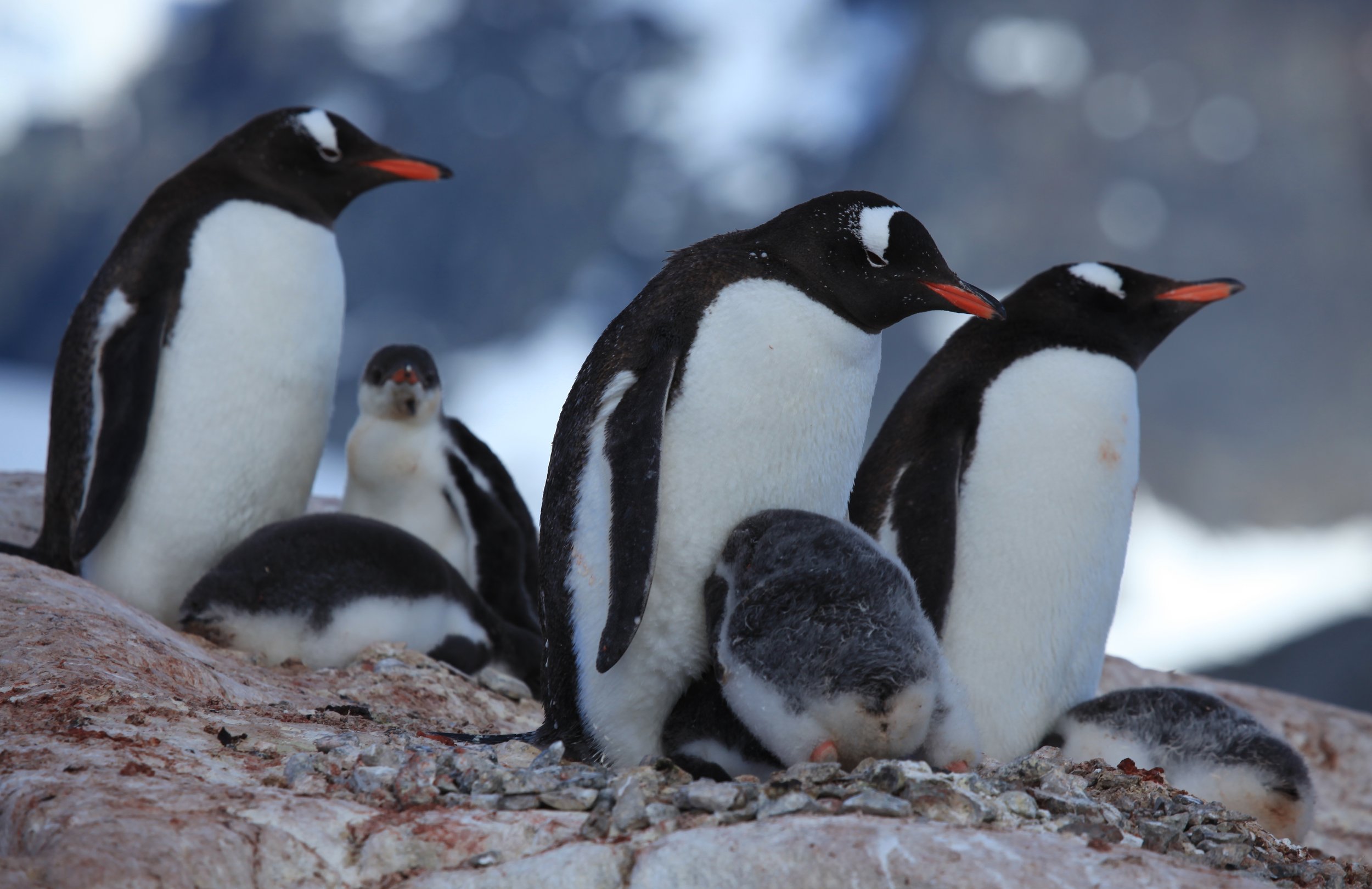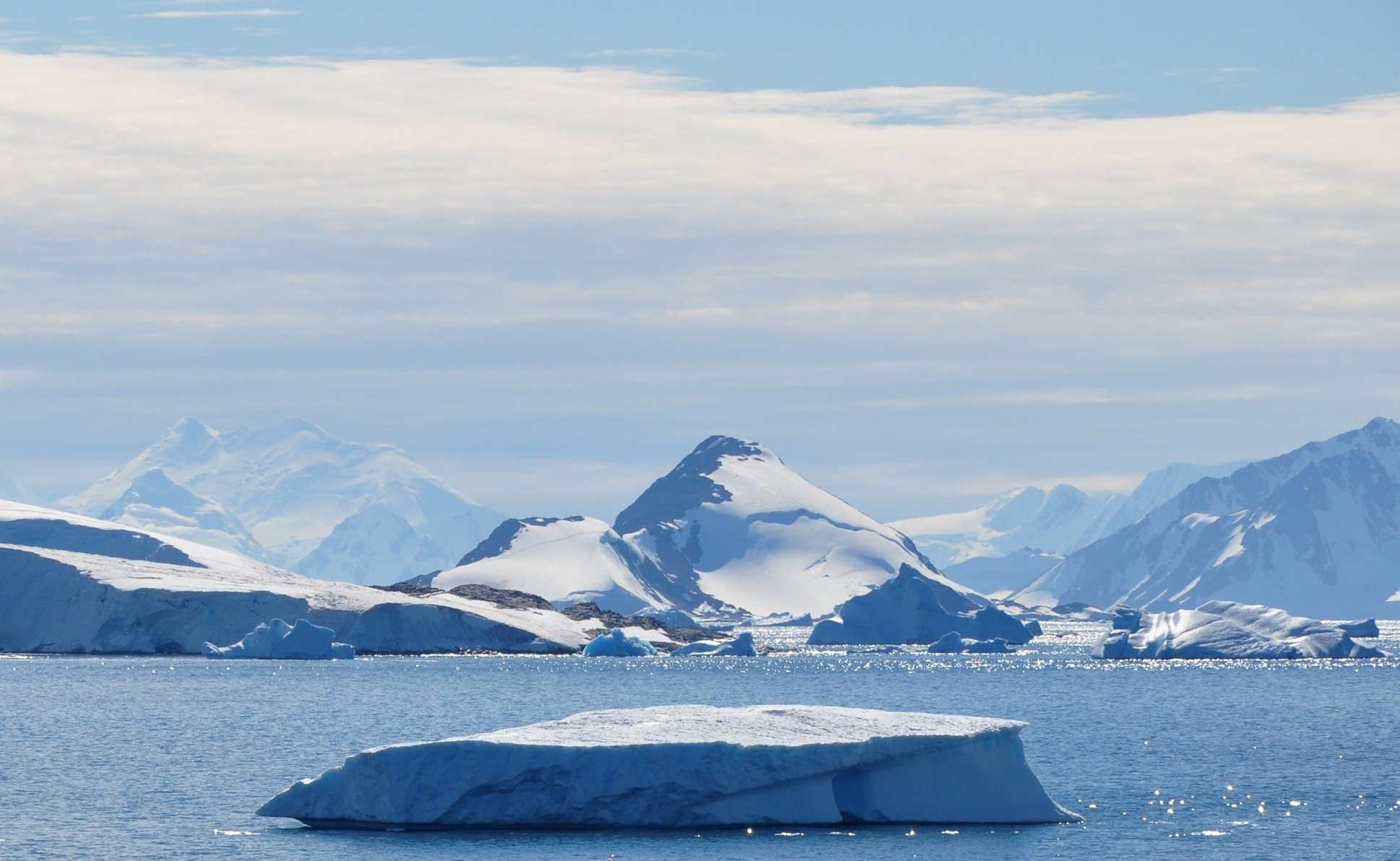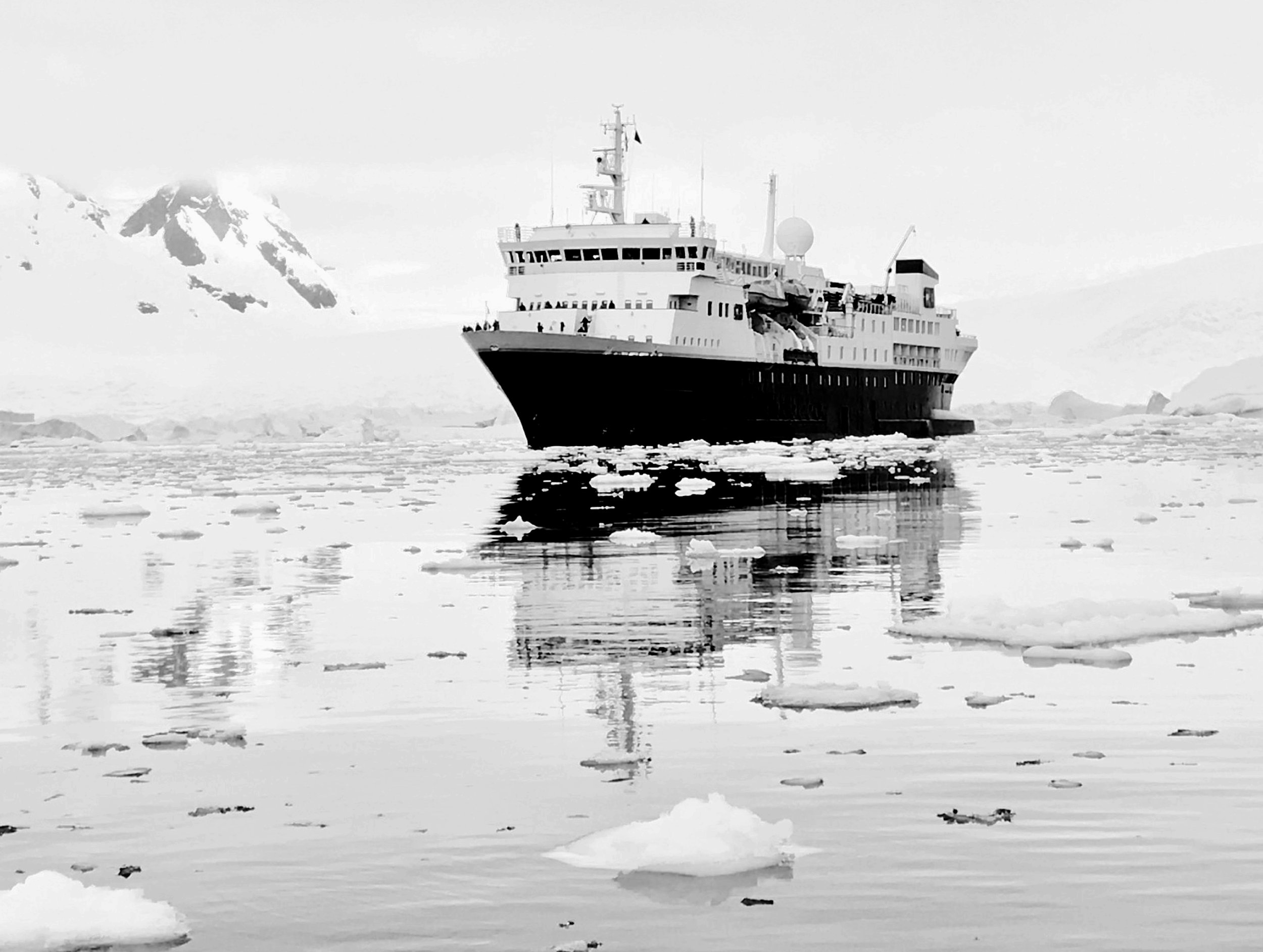

Antarctica is not merely a destination; it's an adventure travel experience that reaches into your soul and leaves an indelible mark.
This pristine wilderness, home to over 90% of the planet's land ice and the largest freshwater reserve, is an ecological marvel that has captivated the hearts of explorers and scientists for generations. Luxury Antarctica exploration provides unique encounters with its rich marine life - from majestic whales and playful seals to the charming penguin colonies and diverse seabirds.
The real beauty of Antarctica lies in its unparalleled landscapes and the sheer thrill of kayaking through icy waters, zodiac rides amid spectacular glaciers, and hiking or snow-shoeing across its untouched terrains. The extreme weather conditions only add to the allure, making luxury Antarctica expeditions unforgettable, once-in-a-lifetime experiences.
So, let us help you plan a trip to Antarctica.
OVERVIEW
Luxury, Private Antarctica Travel
Featured Antarctica Itinerary
DESIGNED BY US, PERFECTED BY YOU
SUGGESTED ANTACRTICA ITINERARIES
Embark on an extraordinary adventure tailored exclusively for you. Your dream trip awaits, filled with bespoke experiences and unforgettable moments that reflect your unique passions and desires. Let's curate a luxurious escape that surpasses your wildest expectations and creates cherished memories to last a lifetime.
LUXURY CRUISES AROUND ANTARCTICA
Antarctica, the southernmost continent, is known for its extreme cold weather and untouched natural beauty. But did you know it's also a luxurious destination to explore? A luxury cruise around Antarctica offers a comfortable and adventurous experience. Sail through the icy waters of the Antarctic Peninsula, surrounded by magnificent wildlife such as penguins, seals, and whales. Indulge in world-class amenities and services on board, including gourmet cuisine, luxurious spa treatments, and expert guides sharing knowledge about Antarctica's unique ecosystem. Explore this remote continent in style and create unforgettable memories.
CROSS THE DRAKE’S PASSAGE
As you head towards Antarctica, you'll have to cross a legendary body of water known as the Drake's Passage. This stretch between South America and Antarctica is notorious for its rough waters, making it a thrilling part of your journey.
While some may dread this crossing, it's also an opportunity to witness the power and beauty of Mother Nature. Keep your camera ready as you navigate through massive waves and spot albatrosses soaring above the ship.
And if you're lucky, you may even catch a glimpse of some whales breaching.
The Drake's Passage is not only a physical challenge but also a rite of passage for those embarking on an Antarctic adventure. Embrace the journey and savor every moment as you make your way to the White Continent.
THE WHITE DESERT EXPLORED
Get ready to explore Antarctica's "White Desert" - a vast, pristine land of ice and snow. This remote wilderness is home to a wide array of wildlife adapted to survive in harsh conditions. Enjoy breathtaking scenery during excursions like hiking, kayaking, and camping on the ice. Knowledgeable guides will share expertise on the unique ecosystem and wildlife. A luxury cruise offers activities like snowmobiling and helicopter rides over the landscape. Experience the untouched beauty of Antarctica up close and personal. Embark on a journey of a lifetime and discover the wonders of the White Desert. By choosing our luxury cruise, you'll contribute to conservation efforts in this fragile ecosystem. Book your luxury Antarctica cruise today and explore Antarctica in style.
Highlights of Antarctica
FREQUENTLY ASKED QUESTIONS
ANTARCTICA FAQs
-
Summer in Antarctica runs from November through March, with January being the warmest month. However, there is no ‘best’ time to visit Antarctica but rather depends on when you can travel and what your expectations are. Each month offers its unique experience and you are guaranteed to witness wildlife in whichever summer month you choose to visit.
-
Antarctica is one of the coldest places on Earth, with temperatures often dropping below -60 degrees Celsius (-76 degrees Fahrenheit).
-
The cost of an Antarctica trip can vary depending on factors such as the duration of the trip, the type of accommodation, and the activities included. On average, a trip to Antarctica can cost anywhere from $5,000 to $20,000 or more. Check out our full guide, explaining the costs of an Antarctica trip here.
-
Most trips to Antarctica involve sailing on expedition ships. Flying to Antarctica is less common and usually limited to specific regions or research purposes. Sailing allows for a more immersive experience and the opportunity to see more of the Antarctic landscape.
-
Crossing the Drake Passage by ship can either be a good or bad experience. Such unpredictability is not for every traveler and one cannot predict whether the voyage will be Drake Lake or Drake Shake! The Drake Passage is where the Pacific, Atlantic and Southern Oceans converge, inviting for more turbulent waters and potential seasickness for our travelers. It takes at least two days to cross, of which spending these two days at sea can be an excellent opportunity to bond with your fellow passengers and crew, bringing a sense of comradery and excitement, but not every traveler has four days at sea (to and from Antarctica) to spare for vacation time.
If you would like to save those four days at sea towards exploring Patagonia instead, for instance, or avoid potential seasickness, fly-in cruise options are offered in our sample itineraries. Instead of sailing for two days towards Antarctica, you can enjoy a two-hour comfortable flight towards Antarctica from Punta Arenas, Chile. This will give you extra time to explore Chile and its beautiful Patagonia, including Torres del Paine, which is an incredible part of the world that complements very well with any trip to Antarctica. It is important to note, nonetheless, that if weather does not cooperate, you may be presented with delayed arrival times into Antarctica or you may have to leave the continent ahead of schedule to avoid incoming storms. In this part of the world, Mother Nature plays a big role and as a traveler, one needs to determine their priorities in order to pick the best arrival option!
-
Yes, Antarctica is considered a desert because it receives very little precipitation. Despite its icy appearance, it is one of the driest places on Earth, with an average annual precipitation of only about 200 mm (8 inches) in the form of snow.
In our sample itineraries you will find one day visits to Antarctica. Such itineraries are operated as air-cruises and allow for a faster and more affordable introduction to Antarctica. In the Antarctica Express Cruise, you have the opportunity to visit Cape Horn, cruise the Drake Passage, land in Antarctica and fly back. Starting price for this program is $4,795 per person (double occupancy) on the Ocean Nova expedition vessel.
-
One of the biggest misconceptions is that Emperor Penguins will be seen on any Antarctic voyage taken. These are the largest of all penguin species and stand over a metre tall. Seeing Emperor Penguins in their natural habitat is one of the wildest wildlife experiences, but also one of the most difficult encounters to experience while on an expedition cruise. They are located in the south east region of Antarctica, around Weddell, Ross and Atka Bay, areas that are blocked most of the year by ice and not easily accessible. A few expedition cruises offer a helicopter ride to access the area around Weddel and Ross, but sightings are only 50% guaranteed and most times only individual penguins are seen, rather than colonies, so this is important to factor in when planning for your trip to Antarctica. On the other hand, to guarantee seeing the incredible spectacle of an Emperor Penguin colony, we recommend the Exclusive Antarctic Early Emperor Penguins Itinerary, where you will witness over 14,000 breeding pairs and newly-hatched chics as you travel deep via a private plane into Atka Bay. This is an incredible and once in a lifetime experience for wildlife watchers and photographers. If penguins aren’t for you, we’ve got a full guide on the animals of Antarctica here.

TRUST US, WE KNOW LUXURY TRAVEL
AND WE LOVE TO TALK ABOUT IT
Let us transform your travel dreams into a reality that exceeds your expectations.































An exclusive journey bringing you the very best of Antarctica - a visit to an Emperor Penguin colony and their chicks. Flying in private by Gulfstream jet and with only 12 guests on each departure, prepare for a bespoke service that is as luxurious as it is remarkable.